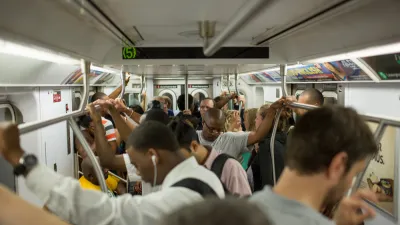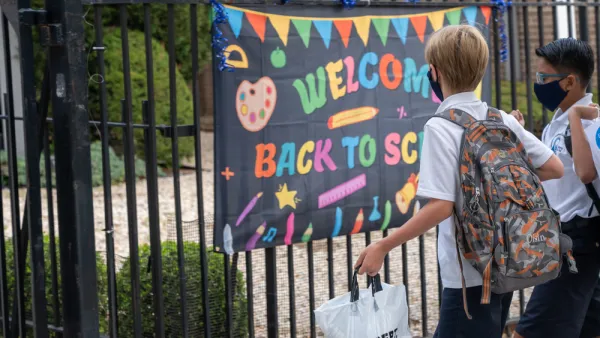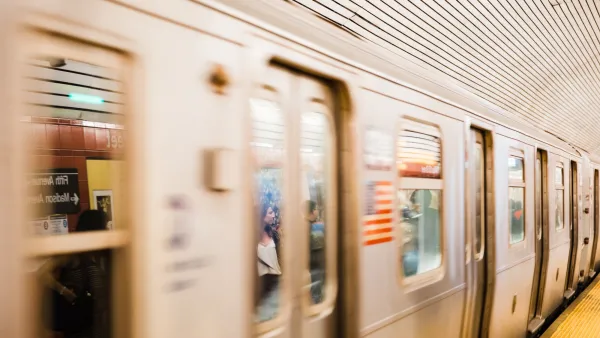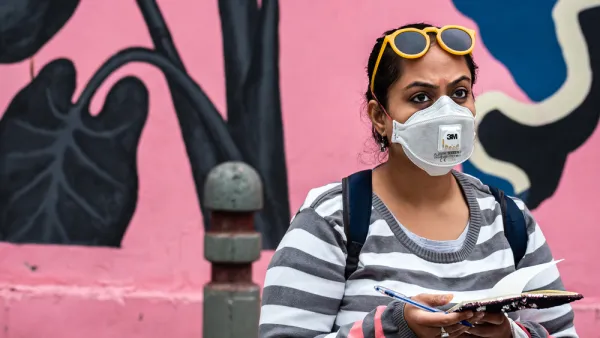Detailed animations of ventilation systems in New York City subway cars provide transit riders with a better understanding of the possibility of community spread in subway cars.

Former public transit riders wary of returning to New York subways might cite uncertainty about safety conditions and community spread as a reason for avoiding the popular form of transportation. Doing their part to arm the public with information, Mika Gröndahl, Christina Goldbaum, and Jeremy White published a New York Times article complete with in-depth information about the possibility of spread on New York City subways complete with helpful animations. Now subway riders can understand the risks, safety measures, and interventions for preventing community spread when riding the subway.
"Many New Yorkers are avoiding the subway, fearful of jostling with strangers in crowded cars. Masks and social distancing are essential, but good air flow is also key to reducing the risk of exposure to the coronavirus," write Gröndahl, Goldbaum, and White.
In one animation, a side-by-side comparison simulates the spread of droplets from someone sneezing with and without a mask, showing the efficacy of mask wearing in public spaces for reducing viral spread. "Public health experts say that the high air exchange rate and widespread mask usage on the city’s subways sharply reduces the chances of a so-called superspreader event on trains," say Gröndahl, Goldbaum, and White.
The team notes that only 2% of the 5.5 million weekday New York City subway riders currently occupy trains. Public health experts say that if pre-pandemic occupancy levels were suddenly reached, even with masks, the efficacy of the ventilation system would be greatly reduced.
FULL STORY: What Happens to Viral Particles on the Subway

Analysis: Cybertruck Fatality Rate Far Exceeds That of Ford Pinto
The Tesla Cybertruck was recalled seven times last year.

National Parks Layoffs Will Cause Communities to Lose Billions
Thousands of essential park workers were laid off this week, just before the busy spring break season.

Retro-silient?: America’s First “Eco-burb,” The Woodlands Turns 50
A master-planned community north of Houston offers lessons on green infrastructure and resilient design, but falls short of its founder’s lofty affordability and walkability goals.

Test News Post 1
This is a summary

Analysis: Cybertruck Fatality Rate Far Exceeds That of Ford Pinto
The Tesla Cybertruck was recalled seven times last year.

Test News Headline 46
Test for the image on the front page.
Urban Design for Planners 1: Software Tools
This six-course series explores essential urban design concepts using open source software and equips planners with the tools they need to participate fully in the urban design process.
Planning for Universal Design
Learn the tools for implementing Universal Design in planning regulations.
EMC Planning Group, Inc.
Planetizen
Planetizen
Mpact (formerly Rail~Volution)
Great Falls Development Authority, Inc.
HUDs Office of Policy Development and Research
NYU Wagner Graduate School of Public Service




























